DataSpaceTime's Data Surface works explore the image as "data repository". Images are sampled and rendered as QR code based facsimiles. DST utilizes publicly accessible data as raw material and works have incorporated data sets from YouTube video search, the Google Books Ngram Viewer, FISA Court documents, and Texas Instruments DARPA funded switchboard recordings. DST mediates access to this data through a QR code based interface.
Viewers "decode" the work’s data solely through the DST Decoder app which is downloaded to a smartphone or wifi enabled device and used to scan the QR codes. Viewers construct unique versions of the data archive in their devices scan history. By opting to download the app, the viewer also allows all scan activity to be collected on the DataSpaceTime server, which becomes yet another version of the original data set.
The Data Surface works function as a data archive and as a tracking device. DST tracks scan metadata, including the x/y coordinates of the QR code on the surface of the work, the discrete device performing the scan, and the time and GPS location. Analyzing the metadata allows DST to maintain a statistical profile for each of its QR code based works, formulating a quantitative approach based on objective analysis. Tracking also allows DST to follow the piece remotely, questioning traditional boundaries of accessibility, ownership and public v private.
Data Surfaces are unique mounted C-prints, dimensions variable.

"Don’t Be Evil", 16 x 71 inches

"Courier", 55 x 58 inches
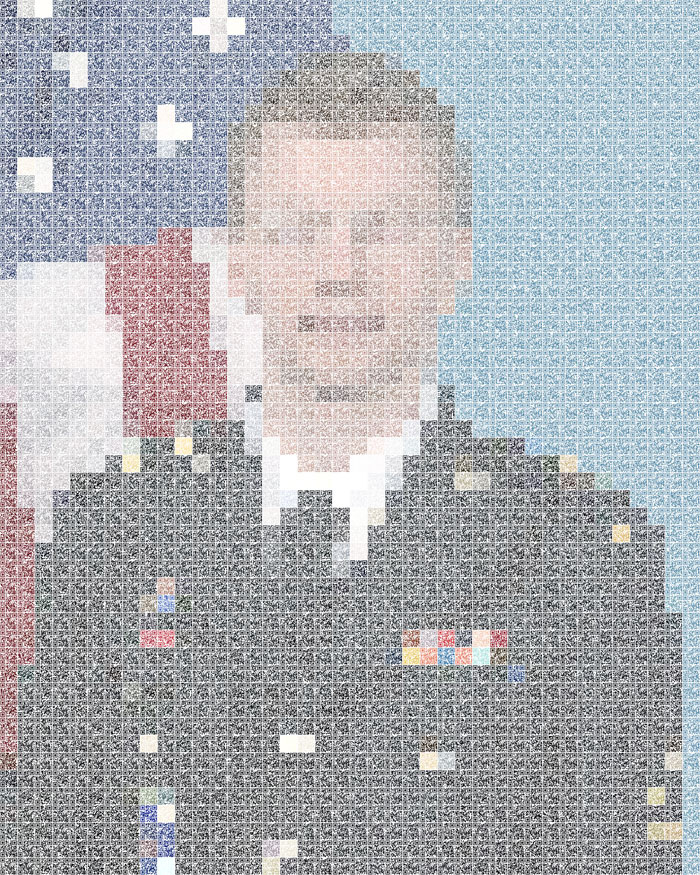
"National Hero", 55 1/4 x 44 1/4 inches
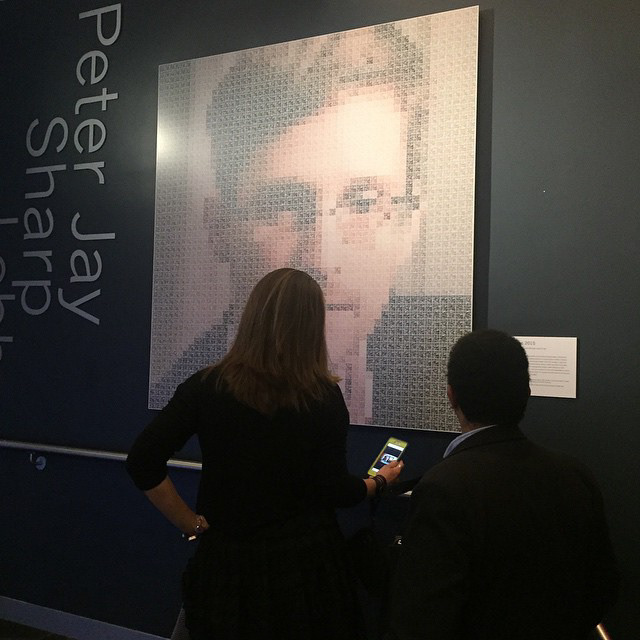
installation view, BAM New Wave Art
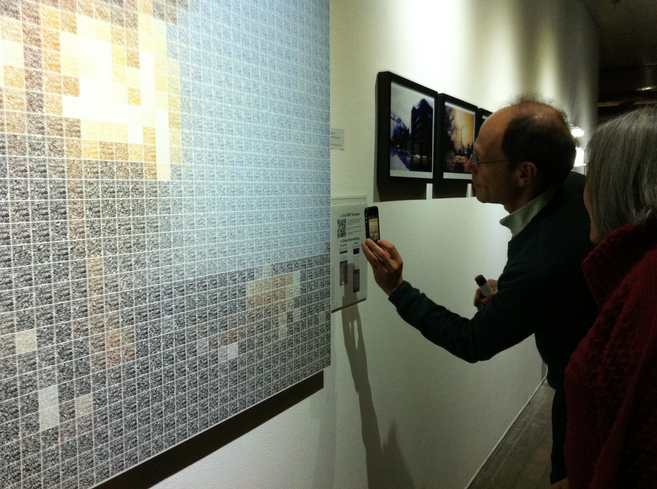
installation view, courtesy of Cyber Arts Gallery
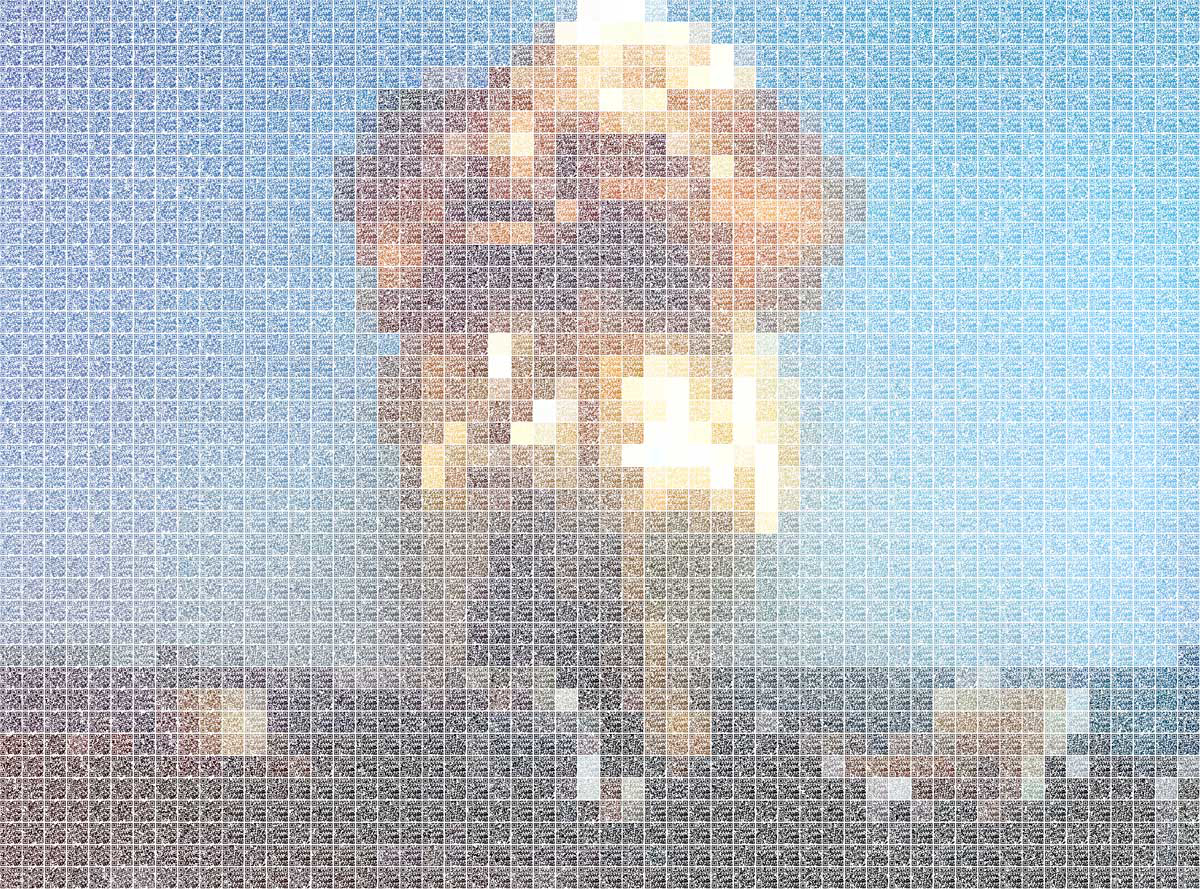
"Stuxnet", 78 x 58 inches
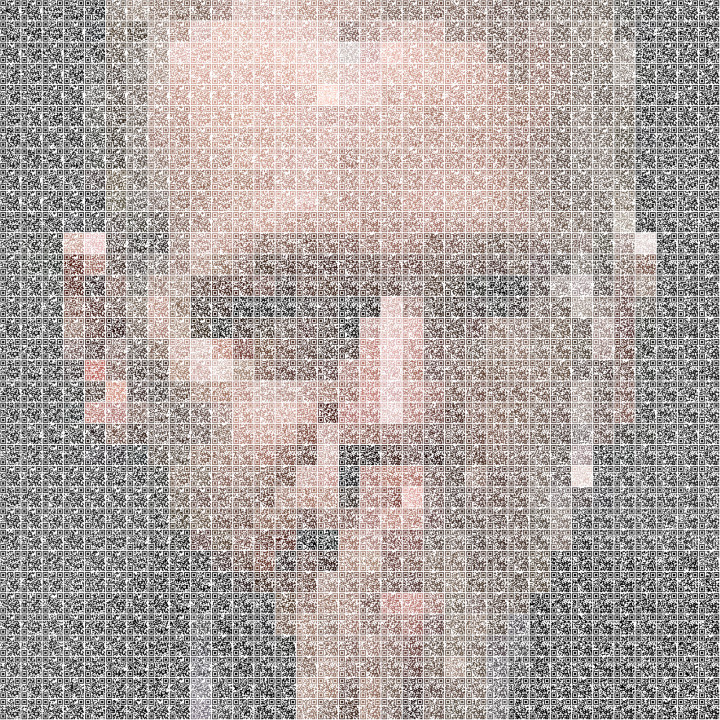
"Terrorist", 42 x 42 inches
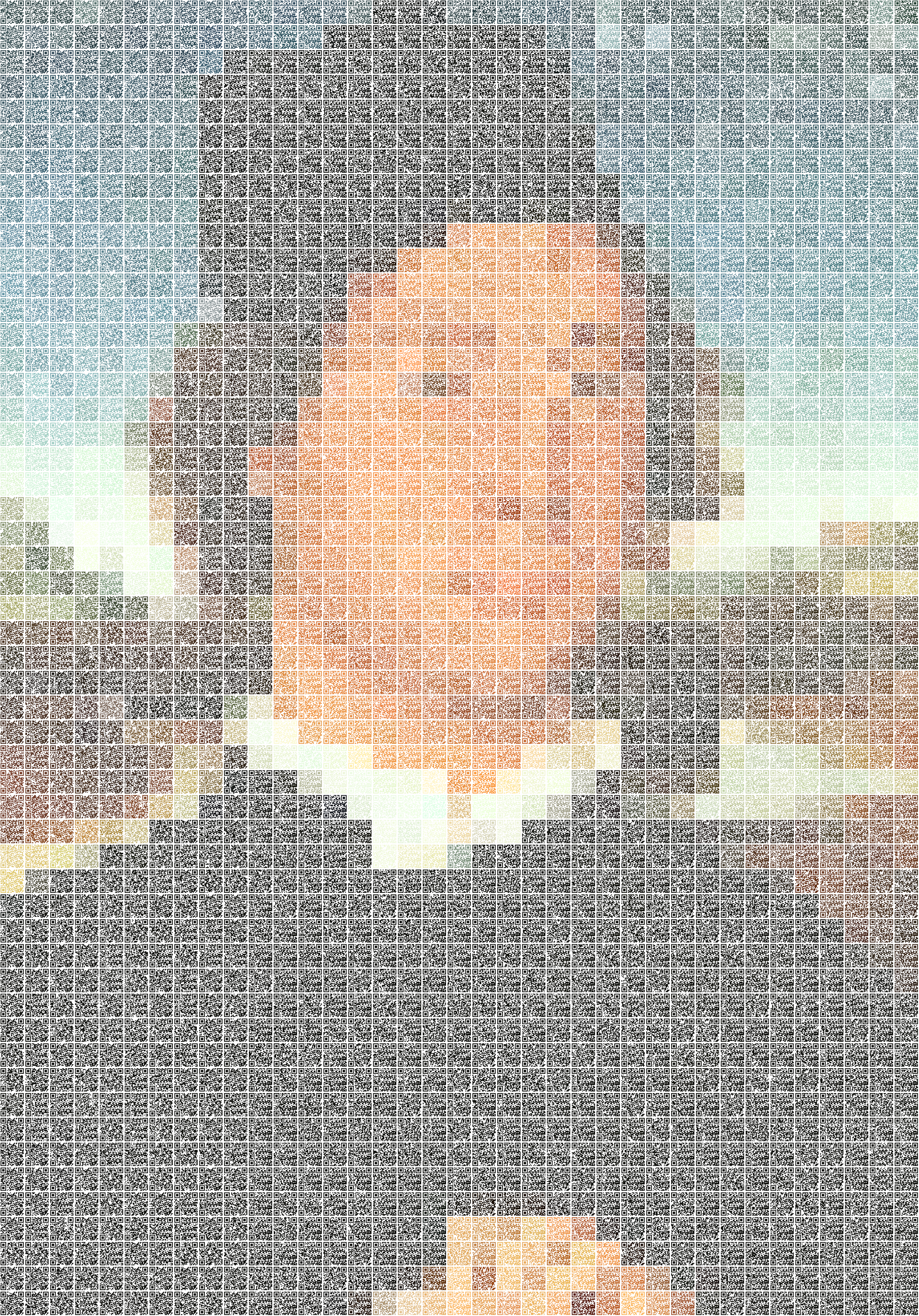
"Portrait of a Young Man", 68 x 49 inches
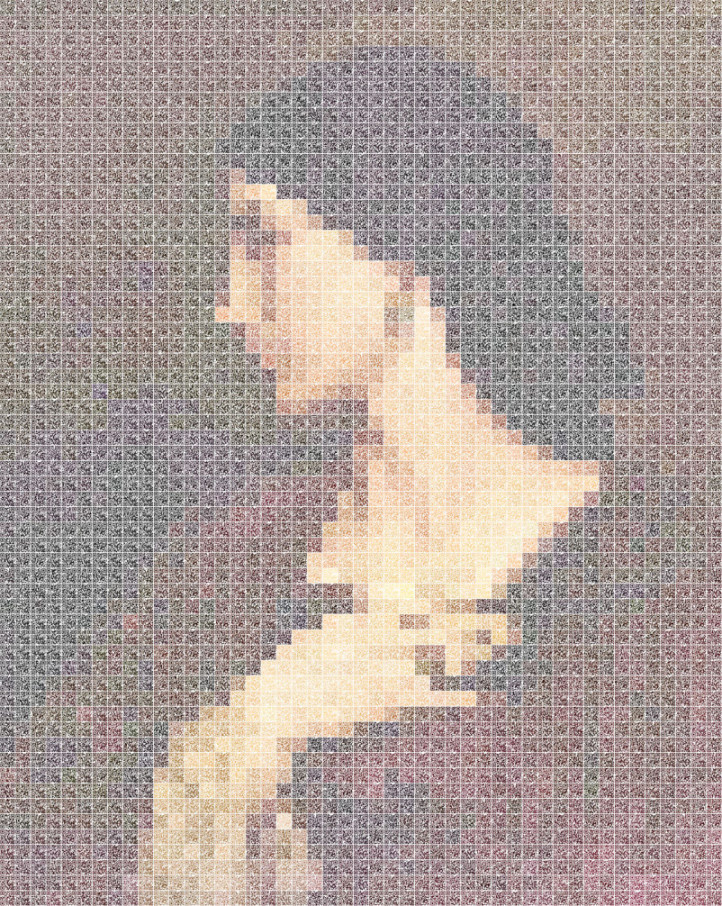
"Nanna", Missing Pieces Series, 84 x 72 inches
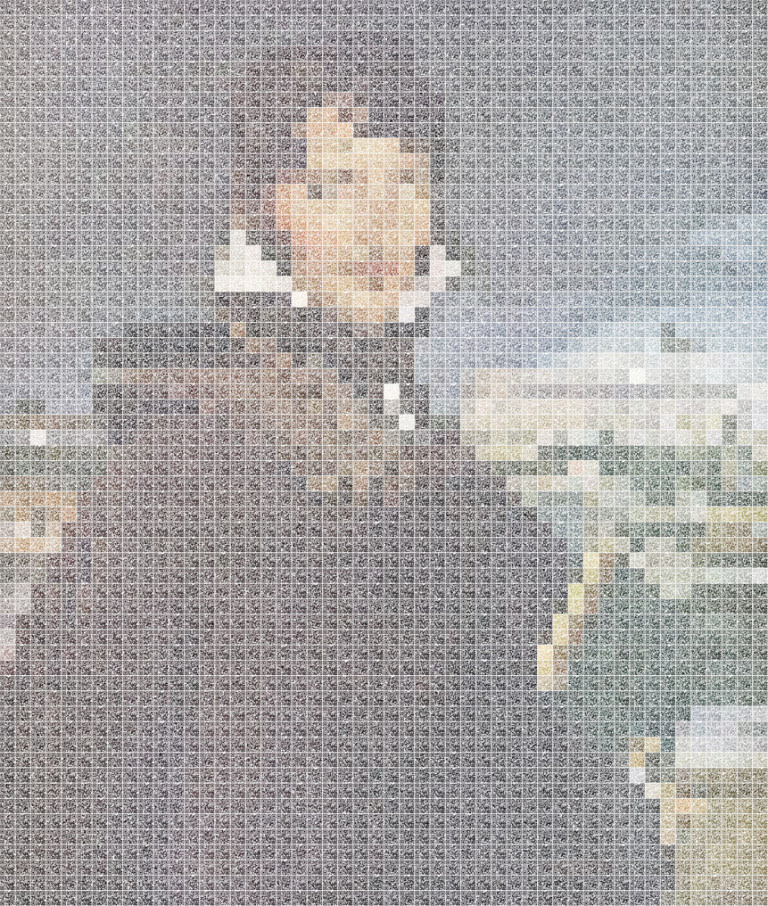
"Francois-Marius Granet", Missing Pieces Series, 84 x 67 inches
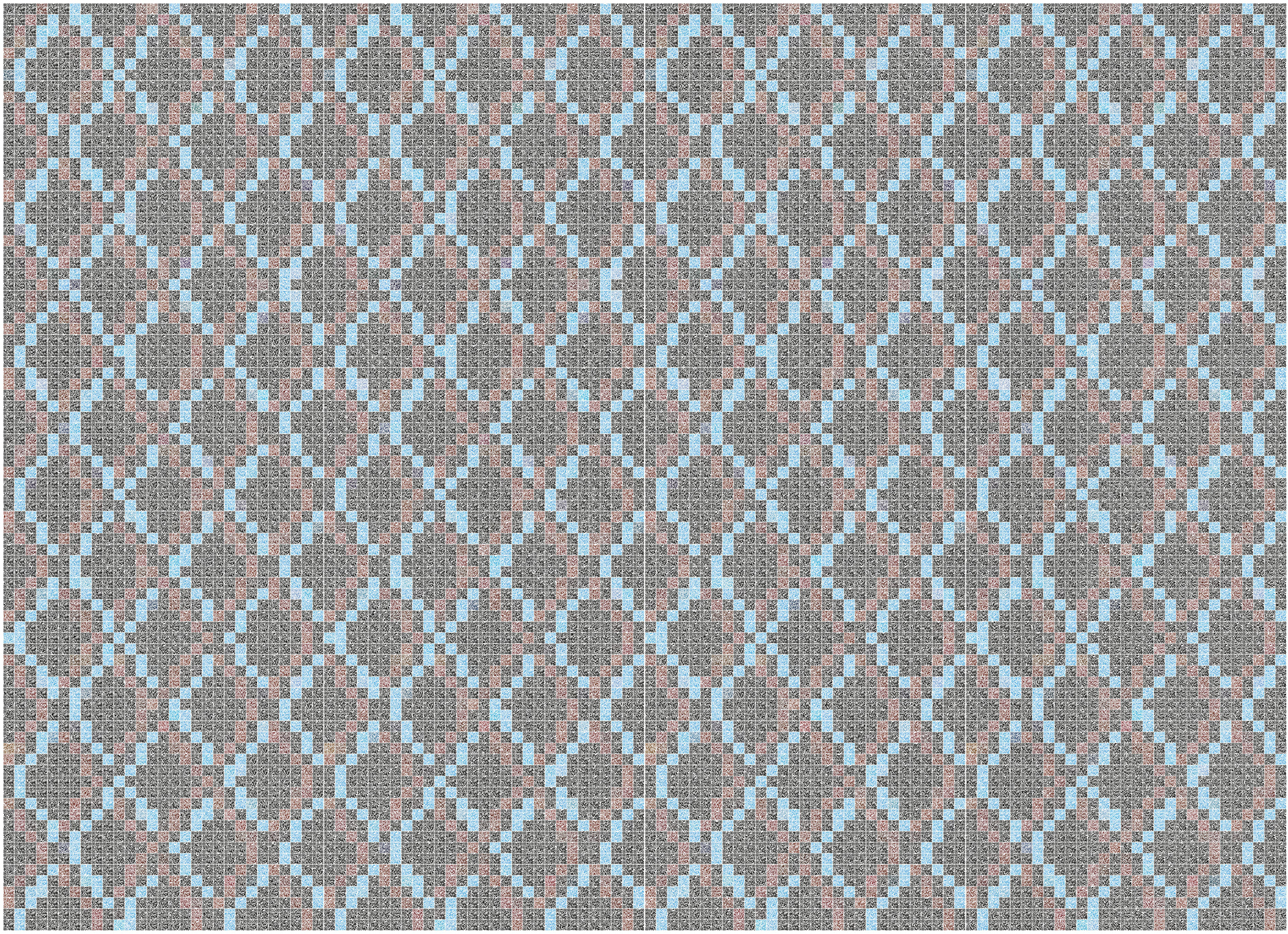
"Walls Can Talk", 123 x 243 inches
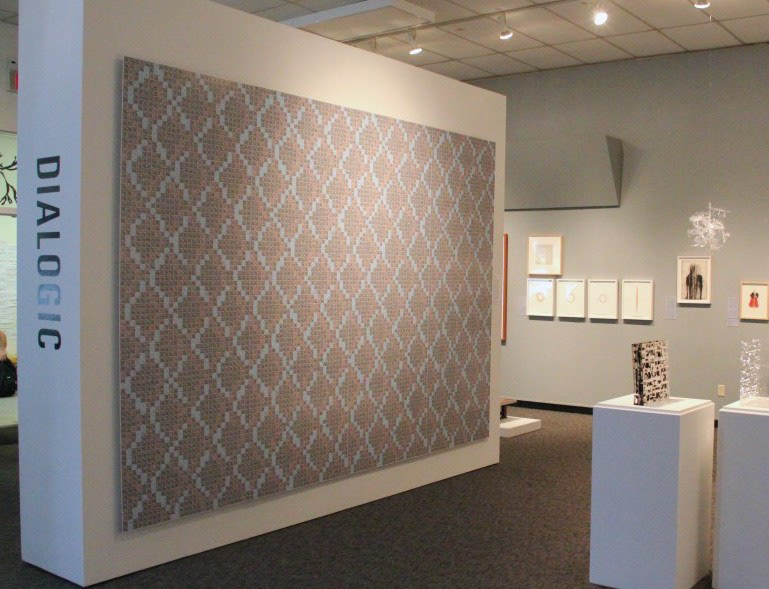
installation view, Rowan University
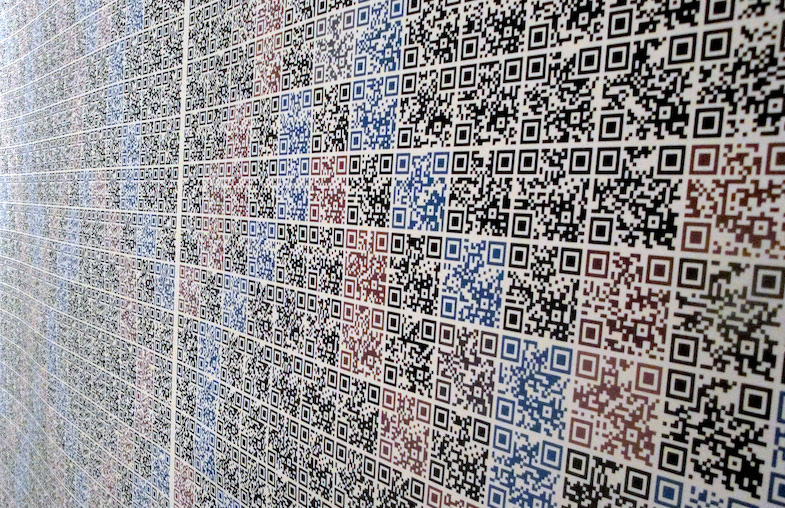
detail view
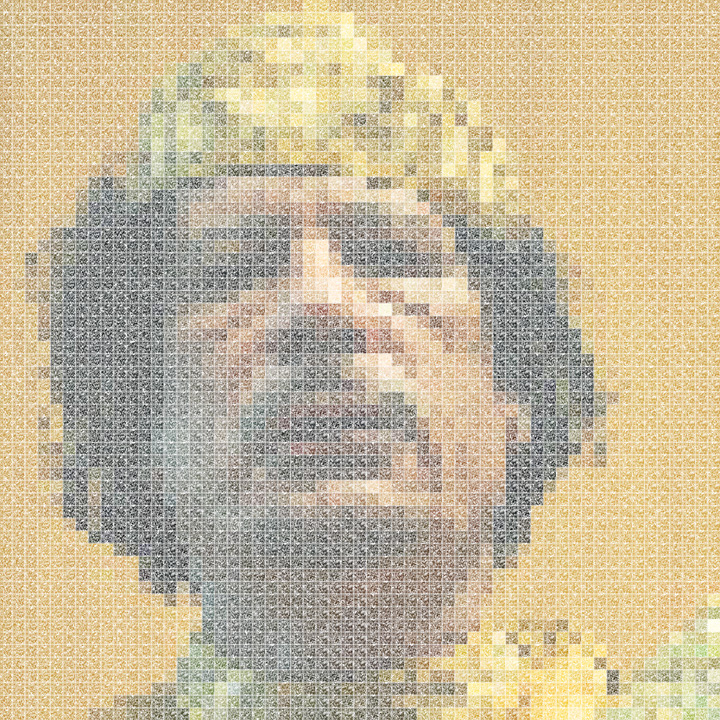
"Gaddafi", 70 x 70 inches
